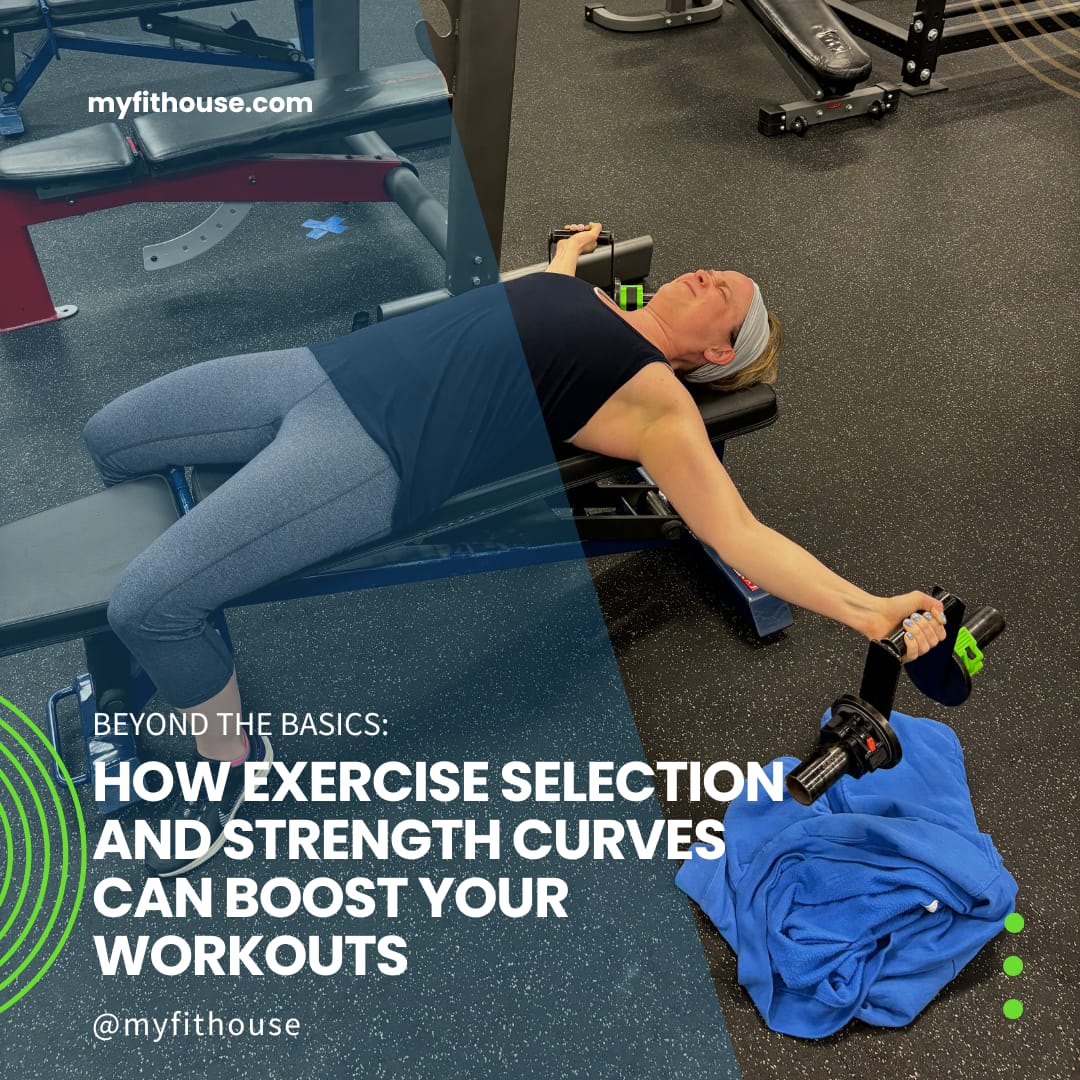We love the mental and physical benefits of training. But if you want to build muscle and optimize your fitness potential, simply going through the motions won’t cut it. This is where understanding exercise selection and the concept of the strength curve comes in.
Why Exercise Selection Matters
Think of your muscles as complex machines. Different exercises activate these machines in different ways, targeting specific weaknesses and promoting muscle growth. Here’s how varying your exercise selection benefits you:
Targets Different Muscle Groups: The human body is a intricate system. Each exercise has its own biomechanics, meaning it works specific muscle groups through a particular range of motion. By incorporating a variety of exercises, you ensure you’re hitting all the major muscle groups and preventing imbalances.
Challenges Weaknesses: We all have parts of our body that are weaker, or we have one side that’s stronger than the other. By selecting exercises with different strength curves (more on that later!), we can target these weaknesses and bring them up to speed, leading to a more well-rounded physique.
Prevents Plateaus: Your body is an amazing adapter. If you consistently perform the same exercises with the same weight, it eventually adjusts and progress stalls. Changing exercise variations during each new workout phase gives your body a new stimulus, forcing it to adapt and grow stronger.

Understanding the Strength Curve
The strength curve refers to the amount of force your muscles can produce at different points in a given exercise. There are three main types:
Ascending Strength Curve: These exercises are easier at the beginning and become progressively harder as you reach the end of the movement. Think of a bench press: it’s tougher to push the weight off your chest (full arm extension) than it is to lower it down at the start.
Descending Strength Curve: The opposite of ascending, these exercises are strongest at the beginning and get easier towards the end. Pull-ups are a good example: it’s hardest to initiate the pull from a dead hang but becomes slightly easier as you get closer to the top.
Bell-shaped Strength Curve: These exercises offer a more balanced challenge throughout the entire range of motion. Bicep curls fall into this category, with resistance increasing slightly at the peak contraction.
Putting it into Practice: Exercise Variations for Different Strength Curves
Now that you understand the concept, let’s look at some practical examples:
Bicep Curls:
Standard Bicep Curl (Bell-shaped strength curve): A classic for a reason, it challenges your biceps throughout the movement.
Preacher Curl (Ascending strength curve): With your arms supported on a pad, this variation emphasizes the peak contraction at the top of the curl, ideal for building upper bicep strength.
Concentration Curl (Descending strength curve): Isolates the biceps and is toughest at the start when your arm is fully extended, perfect for targeting weaknesses in the lower bicep.
Chest Press:
Flat Bench Press (Bell-shaped strength curve): Works your entire chest with a balanced strength curve.
Incline Bench Press (Ascending strength curve): Targets the upper chest, which is weaker at the top of the press, creating an ascending strength curve.
Decline Bench Press (Descending strength curve): Emphasizes the lower chest, which is weaker at the bottom of the press, creating a descending strength curve.
Additional Tips and Considerations
Don’t neglect compound exercises: While exercise variations are great, we don’t ditch the compound exercises like squats, deadlifts, and rows. These multi-joint movements engage multiple muscle groups simultaneously, building overall strength and size. We do, however, use different variations on those compound exercises to address varying strength curves.
Let an expert program variations for you: We specialize in writing training programs that meet our clients where they are, whether they are beginners who’ve never squatted or advanced trainees looking for a strength edge. Just as you don’t want to do random exercises every time you train, you also need a program designed to progressively recruit the right muscle fibers at the right time to give you continuous results. There’s a science to writing training programs, and we use the most up-to-date and effective techniques and programming variables to get you the results you want.
We want you to be strong. So imagine you train just one squat variation. You end up with a great squat, but what happens when you bust up a knee bending over to grab something out of your lazy susan? That’s what a well-structured training program will prevent, and addressing various strength curves is just one way we can be sure to get you a stronger, leaner body that’s structurally balanced and ready for the world!
If you’re ready for the healthiest phase of your life, come talk to us about how we can help you get there. Click here to get in touch!

Recent Comments